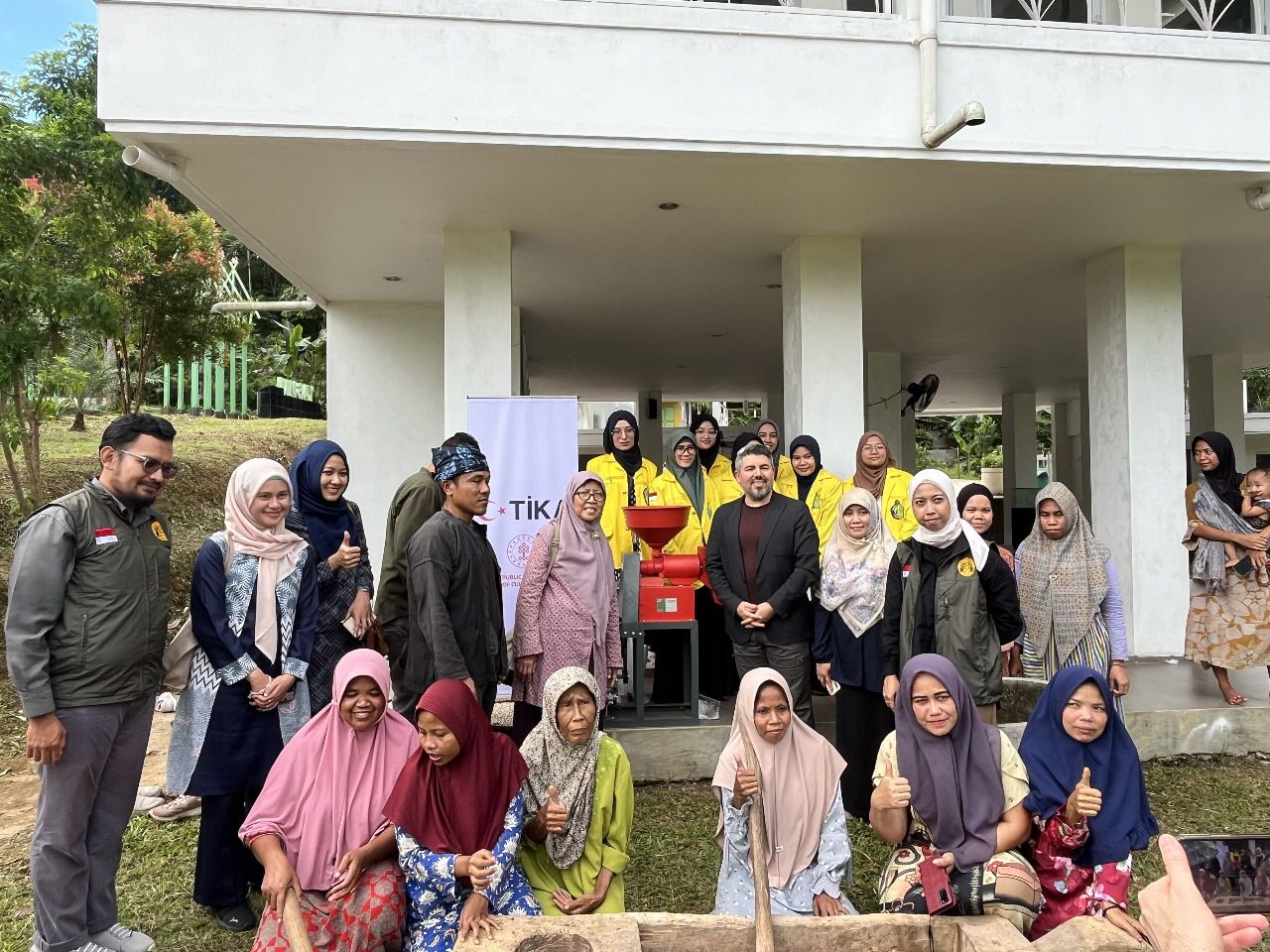The Center for Sustainability and Waste Management (CSWM) of Universitas Indonesia (UI) together with the Indonesian Polymer Association (HPI) and Plastic and Rubber Indonesia (PRI) held a focus group discussion (FGD) related to the problem of plastic waste in Indonesia. The discussion themed “Plastic (Leaking) in Your River and How to Tax It?” took place at the Faculty of Engineering UI, on Wednesday (8/5). Representatives are from the Indonesian Olefin, Aromatic, and Plastic Industry (INAPLAS) and the National Association of Packaged Drinking Water Producers (ASPARMINAS).
Director of CSWM UI and Chairman of HPI, Prof. Dr. Ir. M. Chalid, S.Si., M.Sc., said that the purpose was to educate the public about the dangers of plastic waste. “Overcoming plastic waste is the responsibility of all stakeholders from the industry, policy makers, and the public as consumers of the products produced. Therefore, research related to waste management needs to be implemented so that waste management can be done appropriately,” said Prof. Chalid.
Research related to plastic waste was conducted by CSWM UI together with Net Zero Waste Management Consortium and Ciliwung Care Community. On that occasion, FTUI Environmental Engineering Lecturer, Dr. Astryd Viandila Dahlan, and INAPLAS representative, Fajar Budiono, presented the results of a study on the types and forms of waste in the Ciliwung River. According to Dr. Astryd, the river was chosen because it is a source of water for the community, but is polluted by solid waste (garbage) or domestic liquid waste.
Waste for research samples was taken from several locations, including Katulampa Dam, Sukahati, Panus Bridge, Manggarai Sluice Gate, Muara Angke Sluice Gate, and Ancol Sluice Gate. From these six locations, 32,364 pieces of waste were collected, categorized into ten types, seven of which are polymeric materials in the form of cloth, rubber, wood, paper, metal, plastic, and cork.
Plastic, cloth, and cork-based waste dominated. Plastic waste was found at various points, both in whole and in fragments, totaling 19,466 pieces. This figure is equivalent to 67.88% of all waste collected and sorted. The plastic wrappers and sachets that were successfully sorted reached 3,974 and 3,324 pieces, respectively, or about 13% and 11% of the total. Meanwhile, cork and cloth waste amounted to 3.9%, hazardous waste 1.7%, and wood waste 0.6%.
Fajar Budiyono from INAPLAS said that waste management in Indonesia is still done by being transported and dumped (68%), buried (9%), recycled (6%), burned (5%), and even not managed (7%). Organic waste has the highest percentage in Indonesia, reaching 60%. Meanwhile, other types of waste, such as metal, rubber, cloth, and glass account for 17%, paper waste 9%, and plastic waste 14%.
To control the consumption of goods that have a negative impact on the environment, the government implemented a plastic excise tax. Conventional plastics are subject to an excise tax of Rp30,000/kg. Plastics with prodegradant content are subject to 50% excise duty, while biogedradable plastics are not subject to excise duty. He said, “The determination of plastic excise is an effort to reduce the use of plastic, especially by industry players. This is because there are types of plastic that cannot be recycled, such as plastics with prodegradant content. In fact, in some countries, the use of these plastics has been banned.”
The findings of this study are expected to raise awareness for producers and consumers in order to process the waste produced, so it does not cause sustainable problems. “This research is the first step. Therefore, further research will be conducted, especially related to the results of the waste segmentation analysis based on the producer,” said Dr. Astryd.



